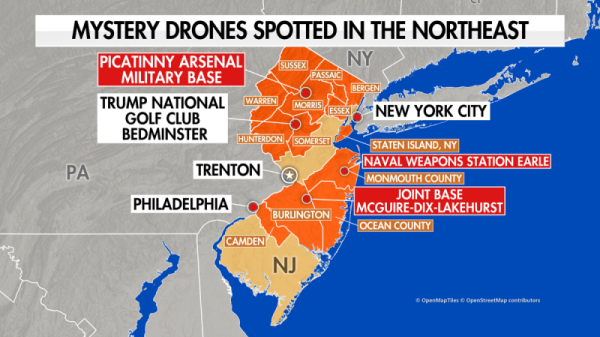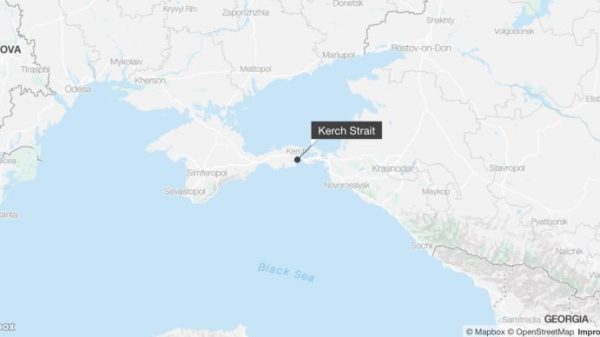“The new GSMA IoT eSIM specification improves on the existing specification and will lead to notable changes in the IoT value chain.”
The GSMA released the latest version of its IoT eSIM specification (SGP.31/SGP.32) on 26 May 2023.1 The specification is designed to adapt to changes in the IoT market since the first M2M specification was released in 2014, and to address some of the issues that limited its effectiveness.
It will take time for the new specification to be adopted by the IoT ecosystem, but the expectation of many IoT players is that it will help to unlock the potential of eSIM in IoT. In particular, improvements are expected for the eUICC profile switching process and support for NB-IoT and LTE-M applications.
The architecture of the M2M eSIM specification limited some eSIM capabilities
The original GSMA M2M specification was first released in 2014. It was designed with input from various IoT players including SIM providers, chipset providers and mobile network operators (MNOs). A few automotive original equipment manufacturers (OEMs) also contributed because the automotive industry led the early development of embedded SIMs.
As such, some of the features of the specification were designed with the needs of these key stakeholders in mind. The specification suited large car manufacturers that wanted to provision and manage a large volume of SIMs at once and did not have to give much consideration to low-power devices. It was less suited to enterprises with smaller fleets of devices, including NB-IoT and LTE-M devices, and that may lack the resources to invest in the eUICC subscription management platform (specifically, the high cost of backend integration to enable profile swaps).
The M2M architecture also suited the MNOs, to some extent. The implementation of the subscription management data preparation (SM-DP) and subscription management secure routing (SM-SR), which were not included in the later consumer specification, placed eUICC profile management in the hands of the operator, or a few enterprises that had invested in their own SM-SR. This suited operators that were wary of the potential increase in churn because customers could use eUICCs to easily switch to a new SIM provider, relative to the practical constraints in doing so with physical SIMs.
The new specification should address the shortcomings of the previous specification
The new IoT eSIM specification has been in development for a few years. The GSMA sought to address the two main problems with the M2M specification.
Inefficient profile switching process. There is no SM-SR in the new IoT specification. Instead, the specification resembles the consumer specification, where the profile provisioning process is administered on the device side.2 Profile provisioning is no longer managed by the MNO, but by either the SIM vendor or device manufacturer. There is no need for an initial bootstrap profile from the operator or sizable integration costs between one operator’s SM-SR and another. This should give the enterprise the chance to choose the initial connectivity provider and the freedom to switch to a new provider.
Incompatibility with NB-IoT/LTE-M applications. The M2M specification relies on SMS protocols to facilitate the profile switching process. NB-IoT does not support SMS, making eSIM and NB-IoT practically impossible to implement under the M2M specification. Issues have also been reported with using eSIM in LPWA devices as the profile provisioning process under the M2M specification can drain the battery life of the device. The new IoT specification supports SIM provisioning without SMS and the specification has been simplified to suit low-power devices, including NB-IoT/LTE-M devices that can operate in power saving or ‘sleep-modes’ for long periods of time.
The new specification will change the role of MNOs in the IoT connectivity value chain, but will provide opportunities too
The new specification brings positives and negatives for MNOs, which have already faced disruption from eSIMs and iSIMs. They will have less control over the profile provisioning and swapping process, leading to a reduced relationship with the enterprise customer. Competition could also increase as there are fewer barriers for the enterprise to switch out SIM profiles if they are unhappy with their existing subscription.
There are benefits for operators though. They will no longer have to invest in and manage the complex SM-DP/SM-SR systems that are in the M2M specification. The new specification uses the SM-DP+ of the consumer specification that many operators have already developed, so the additional investment required to support the new specification will be minimal. MNOs will also benefit from the reduced complexity in the new specification, which should help to reduce the time that MNOs spend on troubleshooting issues with the device onboarding process.
It will take time for device manufacturers, SIM vendors and operators to adapt to the new specification, and the old M2M specification will not disappear straight away. However, the eventual adoption of the new specification could help to accelerate the adoption of IoT, particularly for low-power and iSIM applications. If MNOs are to take advantage of this, they must embrace the new specification and the changes it will bring, both positive and negative.
The post The GSMA’s new IoT eSIM specification is a step forward in realising the full potential of eSIMs in IoT appeared first on IoT Business News.







































